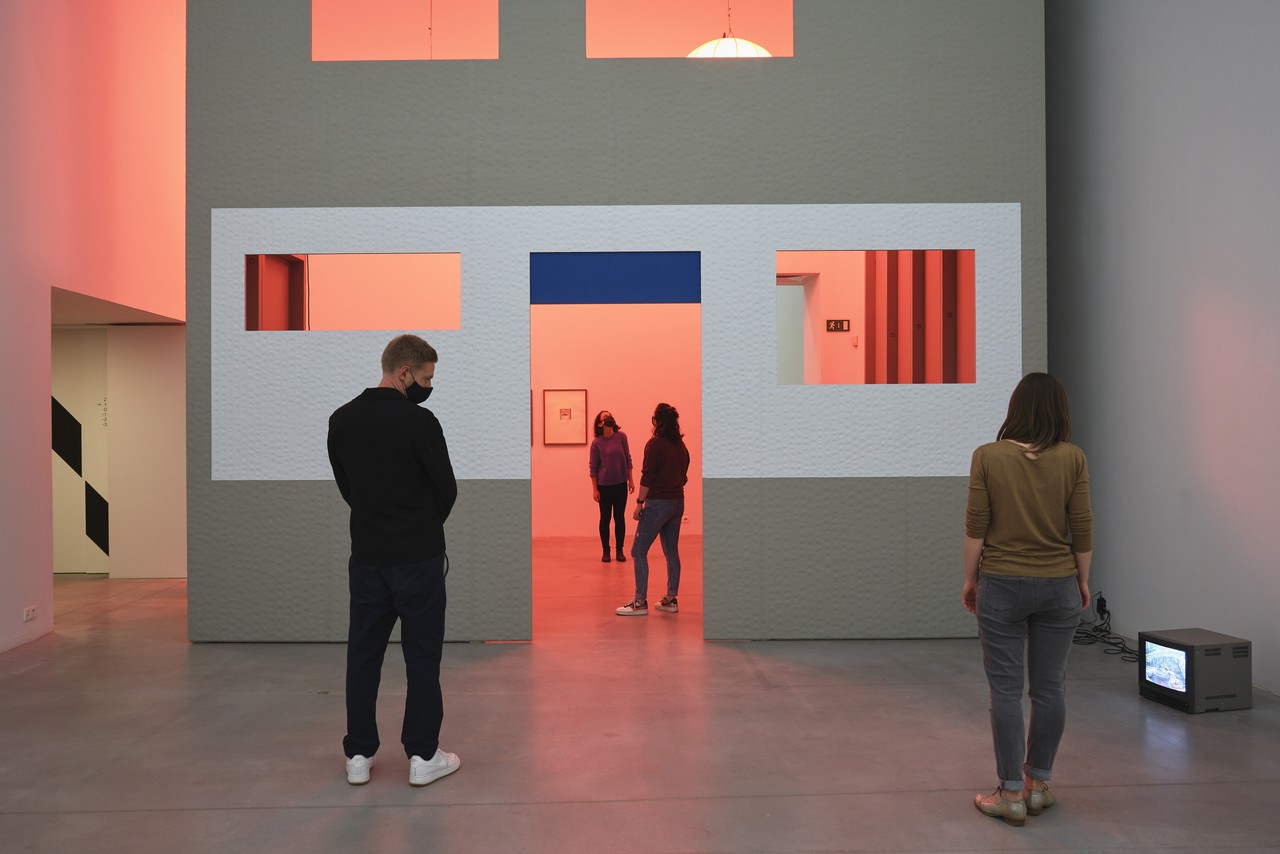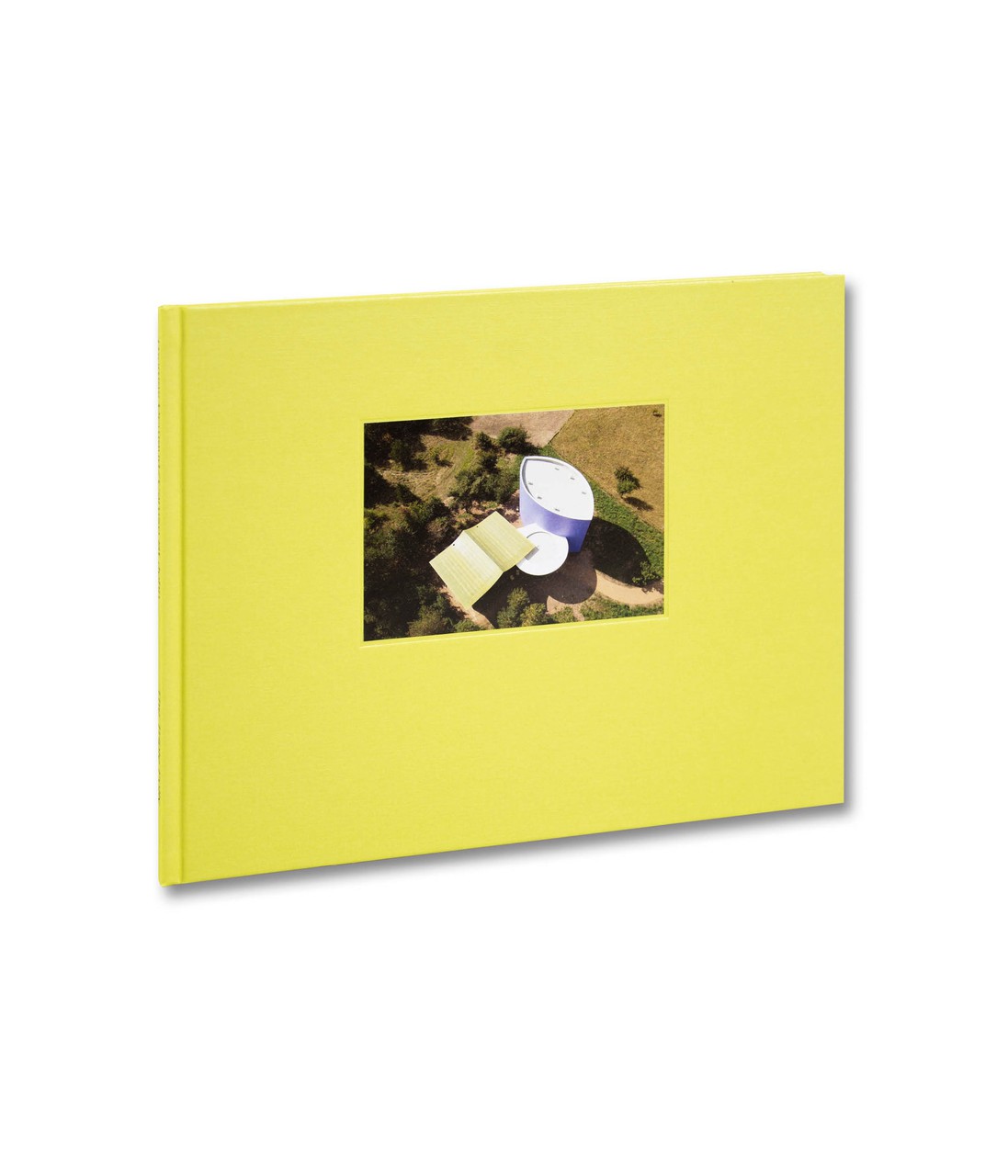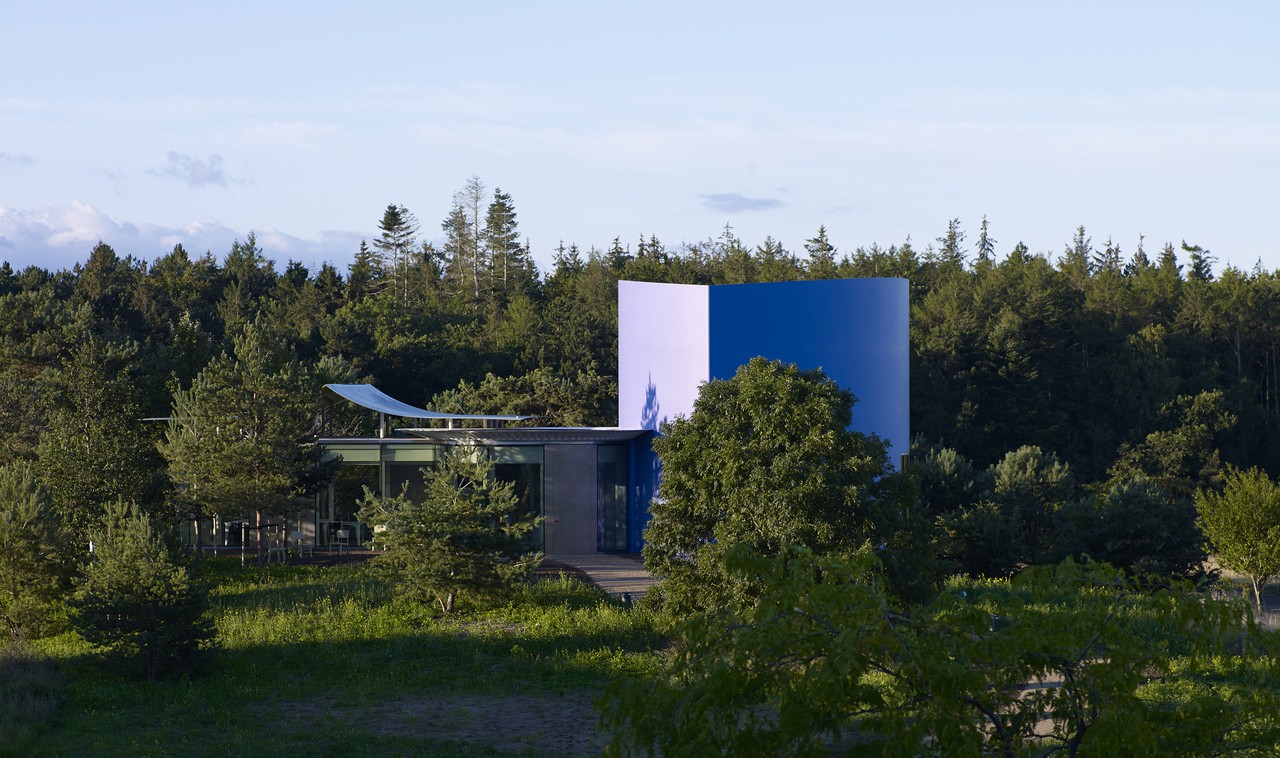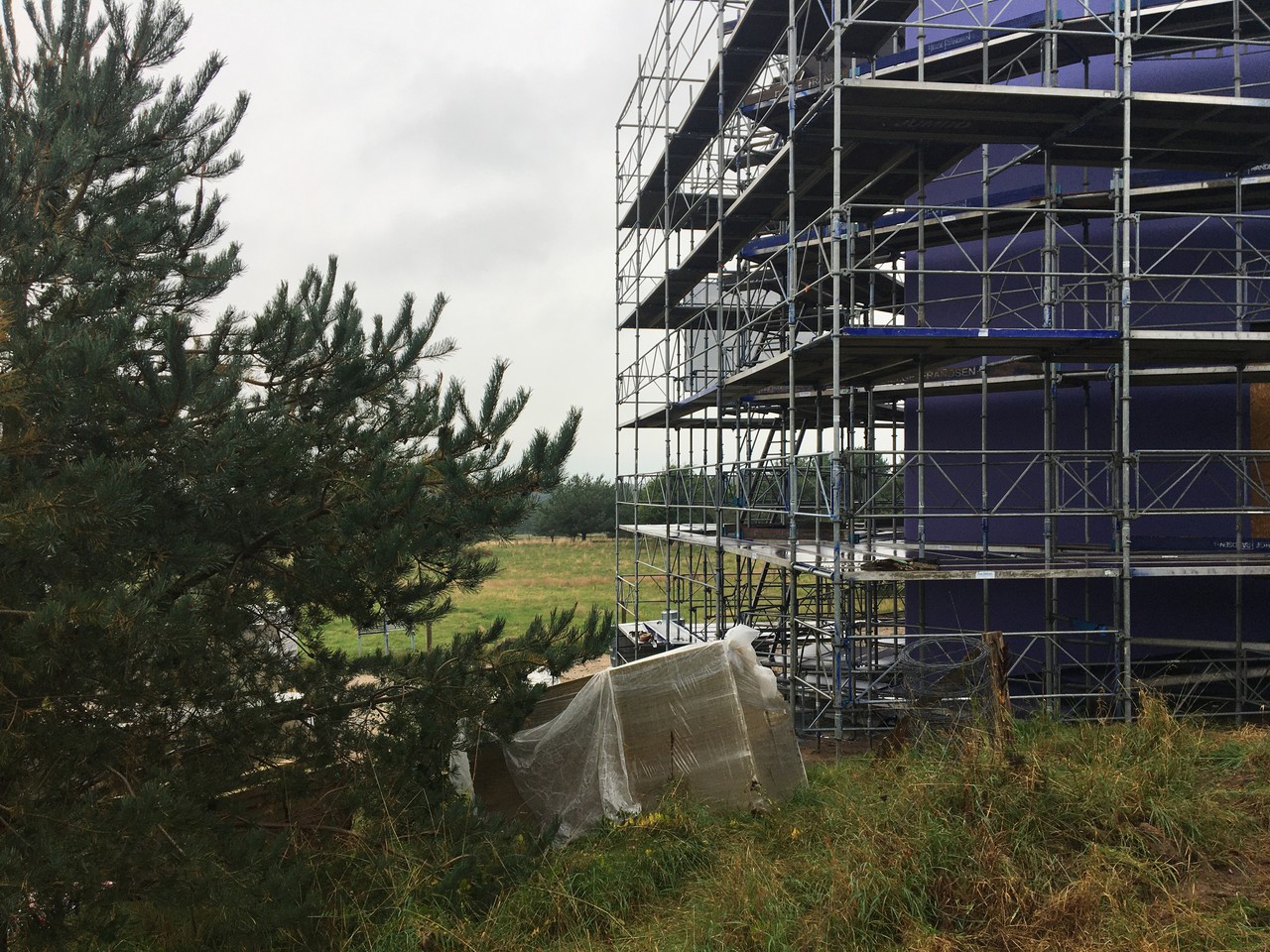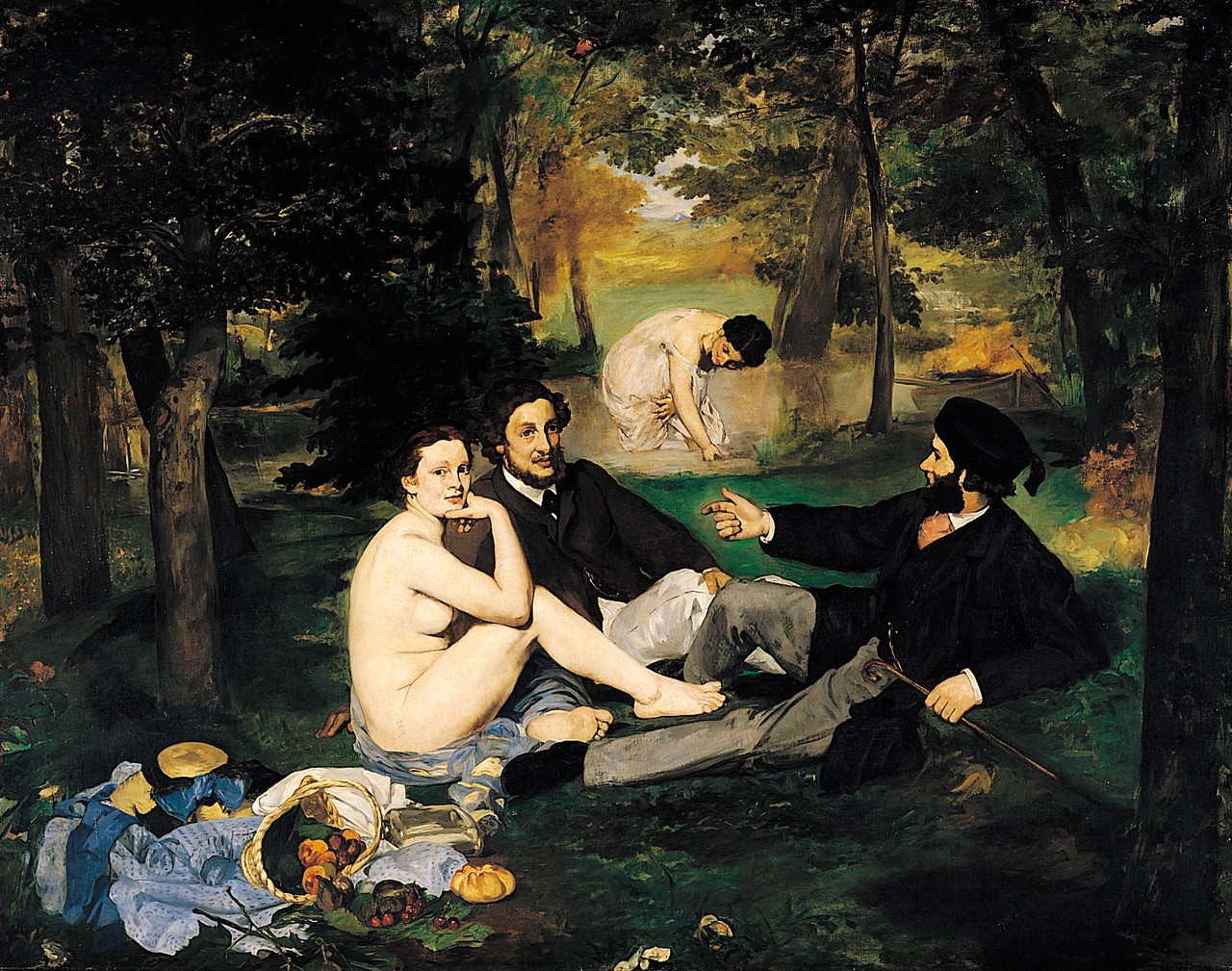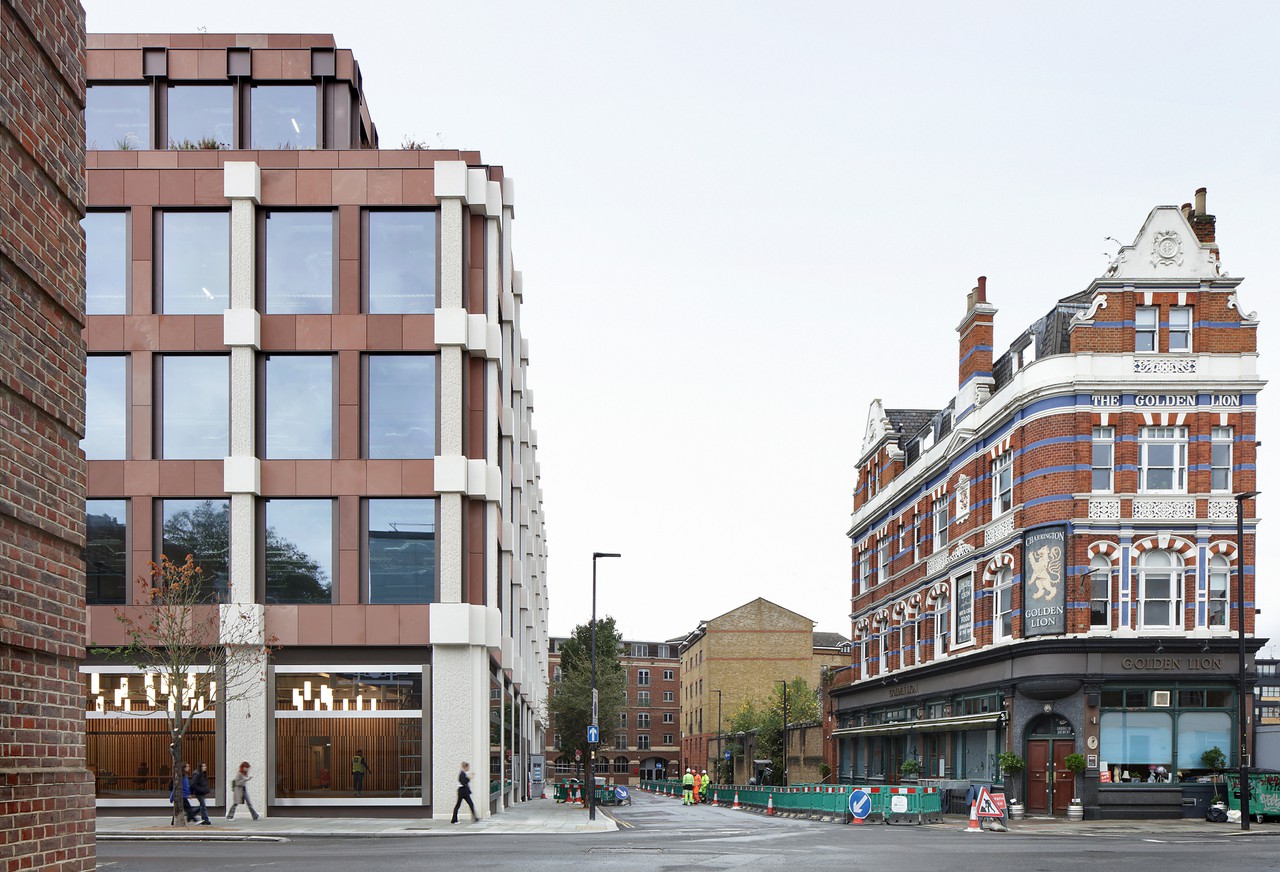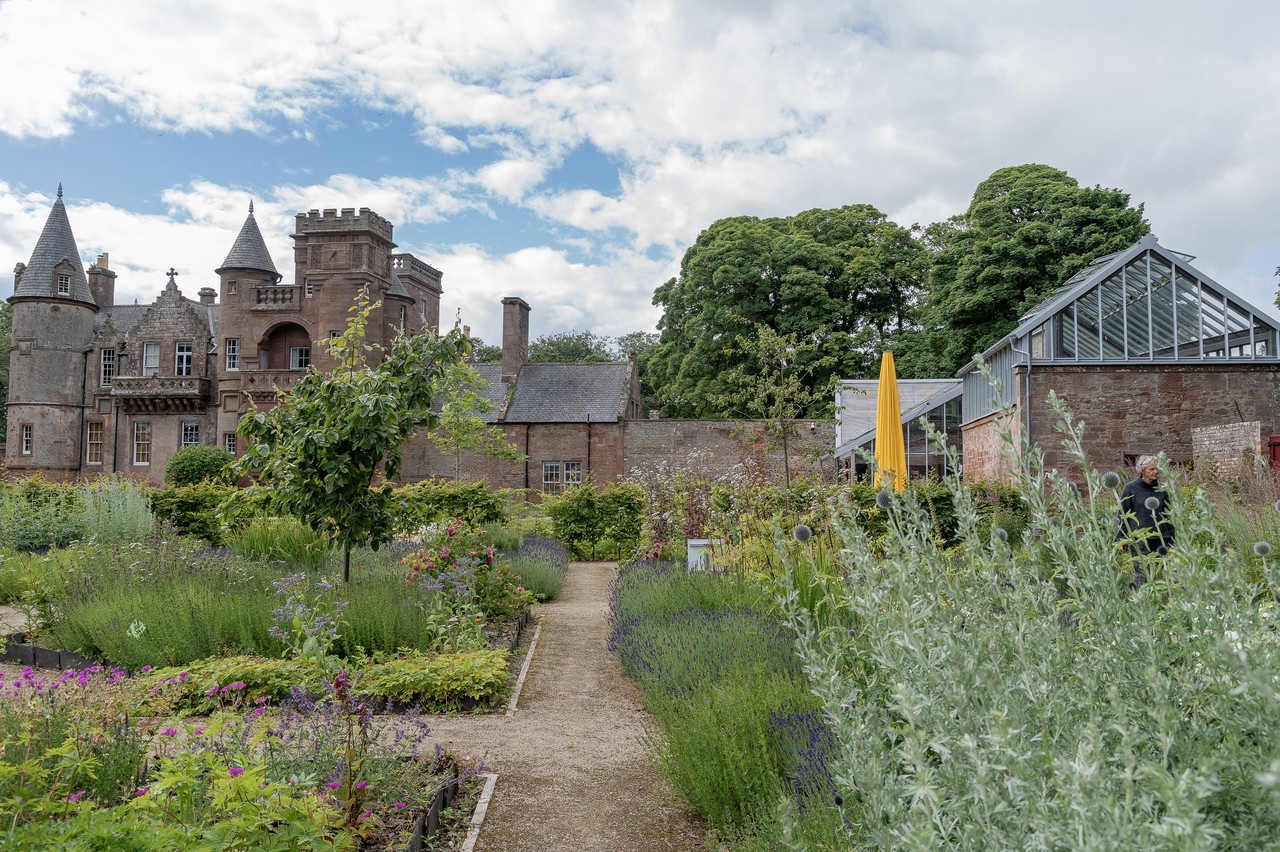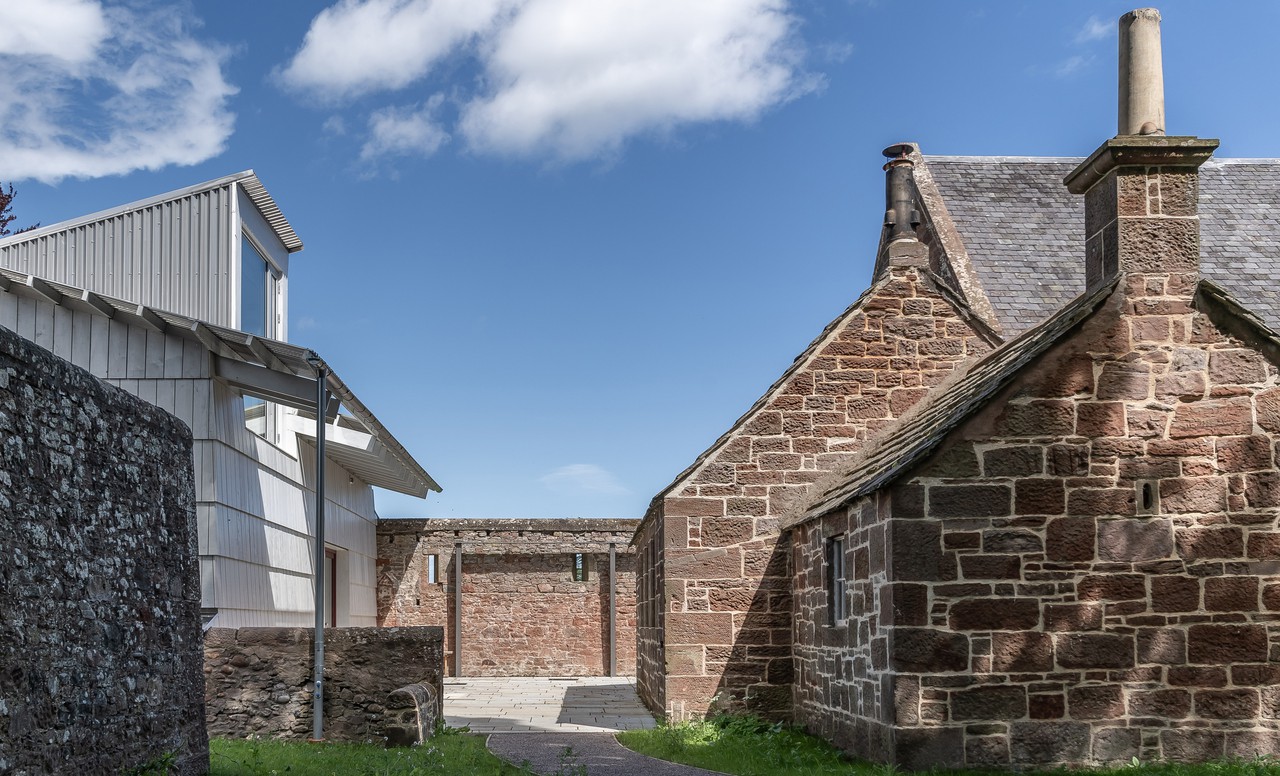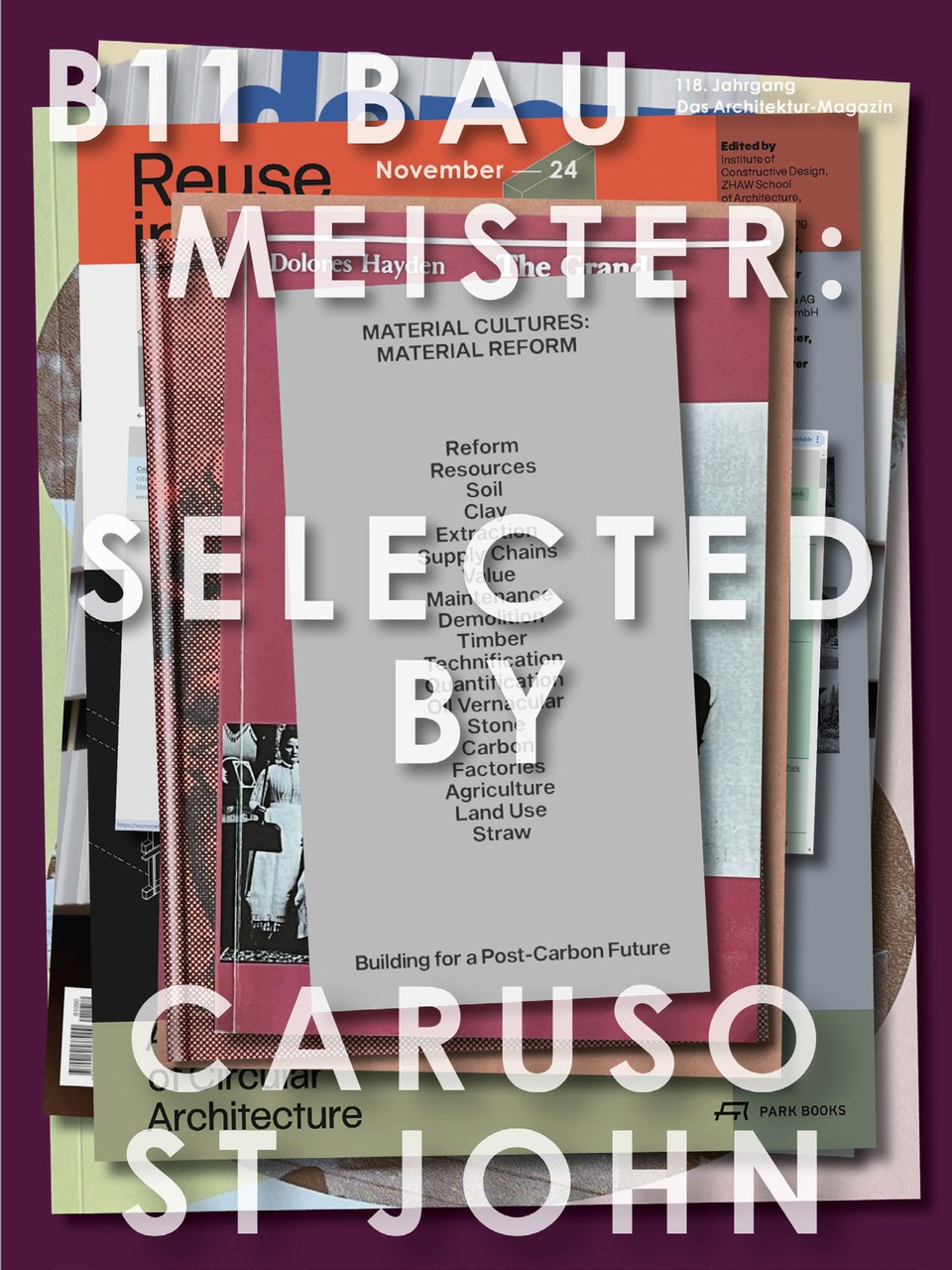
Matthew Blunderfield interviewed Thomas Demand in his Berlin Studio for Scaffold Podcast. Alongside discussing his practice in reference to trauma, fiction and chance, they explore his relationship with architecture. When talking about his collaborations with Caruso St John on Nagelhaus and The Triple Folly, Demand explains his position as both close to and separate from the role of architects.
"When architects look at my work it’s like when you show your work to your mother – she looks at something completely different than when you show your work to your peers. Architects are not “Mother”, but they see different aspects of my work than the art world do.”
Image: Nail House, Chongqing, China
Related news
M Leuven presents a major retrospective of the work of the artist Thomas Demand, featuring two works made by the artist in collaboration with Caruso St John: The unrealised Nagelhaus and the soon to be built pavilion at the headquarters of fabric manufacturers Kvadrat in Ebeltoft, Denmark.
Discussion
Adam Caruso in conversation with Thomas Demand
Starr Auditorium, Tate Modern, London, United Kingdom
2 November 2009, 7pm
Chaired by Alex Farquharson, director of Nottingham Contemporary.
Exhibition
What if?
Unbuilt Architecture in Switzerland
SAM Basel
25th November 2023 – 7th April 2024
Two competition-winning projects by Caruso St John feature in What if? Unbuilt Architecture in Switzerland. The exhibition at Schweizerisches Architekturmuseum Basel offers a glimpse of an alternative Switzerland with a showcase of significant unbuilt projects from across the country.
Published by Mack Books, The Triple Folly presents an account of the collaboration between Thomas Demand, Caruso St John, and textile manufacturers Kvadrat, which led to the construction of the new pavilion at Kvadrat's headquarters in Ebeltoft, Denmark.
The pavilion at Kvadrat Headquarters is complete. The building, set in the coastal dunes surrounding the textile company’s headquarters in Ebeltoft, on the east coast of Denmark, is a design collaboration with the artist Thomas Demand.
Caruso St John and Thomas Demand's Nagelhaus features in Betts Project's group exhibition Namely, words - Part 2. The show invited artists and architects to present a drawn or sculpted work alongside a piece of writing they admire. Prints of Nagelhaus feature in conversation with the lyrics of Talking Heads' Heaven.
Construction work continues on the Kvadrat Pavilion in Ebeltoft. The hospitality and conference space is a collaboration with artist Thomas Demand, located in the coastal dunes surrounding Kvadrat's headquarters.
Following his January 5th lecture All Buildings are Beautiful at the Museum of Contemporary Art in Warsaw, Adam Caruso was in conversation with architect Aleksandra Czupkiewicz. A transcript of their discussion is published in the March edition of Architektura Murator.
St Pancras Campus is reviewed in the March edition of the RIBA Journal. Chris Foges speaks to Peter St John about the state of commercial development in London, discusses the building's contribution to its urban setting at the border of Kings Cross and Camden Town, and commends its rich detailing and high quality approach social housing.
Hospitalfield features in the third issue of Alder, a publication documenting Scotland's modern architecture, produced by the office of Mary Arnold-Forster.
Rowan Moore includes the new studio building at Hospitalfield features in his top five projects of 2024, calling it "a playful, expressive structure in which fun is had, in the tradition of Arts and Crafts architecture, with eaves, gutters, cladding and other basics of building".
Caruso St John are guest editors of Baumeister's annual curated issue. The issue is conceived as a reader, presenting a series of texts that have influenced the practice's recent thinking, including writing by Material Cultures, Grace Ndiritu, Barbara Buser, and David Holmgren.
